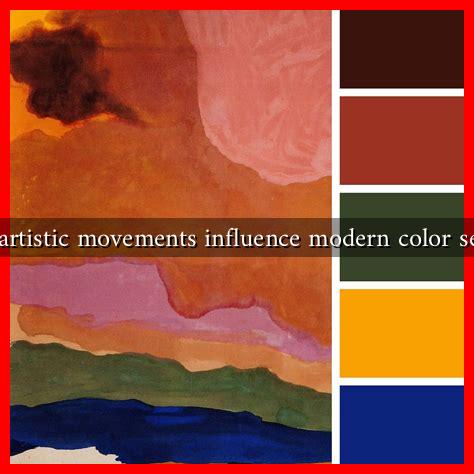-
Table of Contents
How Do Artistic Movements Influence Modern Color Selections?
Color is a fundamental aspect of art and design, influencing emotions, perceptions, and even behaviors. Throughout history, various artistic movements have shaped the way colors are used and understood. This article explores how these movements continue to influence modern color selections, providing insights into the interplay between art and contemporary design.
The Historical Context of Color in Art
To understand the influence of artistic movements on modern color selections, it is essential to look back at the historical context. Different eras have embraced unique color palettes that reflect their cultural, social, and technological environments. Here are some key movements that have significantly impacted color theory:
- Impressionism (1860s-1890s): This movement emphasized the effects of light and atmosphere, leading to the use of vibrant, unblended colors. Artists like Claude Monet and Pierre-Auguste Renoir used color to capture fleeting moments, influencing modern color theory.
- Expressionism (1905-1930): Expressionists used color to convey emotional experiences rather than represent reality. The bold, non-naturalistic colors of artists like Edvard Munch and Wassily Kandinsky have inspired contemporary designers to use color as a means of emotional expression.
- Pop Art (1950s-1970s): With its roots in consumer culture, Pop Art utilized bright, saturated colors to reflect mass media and commercialism. Artists like Andy Warhol and Roy Lichtenstein have influenced modern branding and advertising color choices.
Modern Color Theory and Its Influences
Modern color theory has evolved from these historical movements, incorporating psychological and cultural dimensions. The following aspects illustrate how artistic movements have shaped contemporary color selections:
- Psychological Impact: Colors evoke emotions and can influence consumer behavior. For instance, blue is often associated with trust and reliability, making it a popular choice for corporate branding.
- Cultural Significance: Different cultures have unique associations with colors. For example, red symbolizes luck in Chinese culture, while it may represent danger in Western contexts. Designers must consider these cultural nuances when selecting colors.
- Technological Advancements: The development of new pigments and digital tools has expanded the color palette available to artists and designers. This evolution allows for more vibrant and diverse color selections, influenced by past movements.
Case Studies: Color in Modern Design
Several contemporary design projects illustrate the influence of artistic movements on modern color selections:
- Branding and Marketing: Companies like Airbnb and Spotify utilize color palettes that reflect their brand identities. Airbnb’s use of coral and teal draws from the vibrant colors of Impressionism, evoking warmth and creativity.
- Interior Design: The resurgence of mid-century modern design has brought back earthy tones and bold colors reminiscent of the 1960s. Designers often reference the color palettes of artists like Mark Rothko to create spaces that evoke specific moods.
- Fashion: Fashion designers frequently draw inspiration from art movements. The use of pastel colors in recent collections echoes the soft palettes of Impressionist paintings, appealing to a sense of nostalgia and tranquility.
Statistics and Trends in Color Selection
According to a survey conducted by the Pantone Color Institute, 93% of consumers make purchasing decisions based on visual appearance, with color being a significant factor. Additionally, the annual Pantone Color of the Year announcement often reflects broader cultural trends, showcasing how art movements influence popular color choices. For instance, the selection of “Living Coral” in 2019 was a nod to the vibrant hues found in nature and art, emphasizing the importance of sustainability and emotional connection.
Conclusion: The Lasting Impact of Artistic Movements
Artistic movements have profoundly influenced modern color selections, shaping how we perceive and utilize color in various fields. From branding to interior design, the legacy of historical art movements continues to resonate in contemporary practices. As designers and artists draw inspiration from the past, they create a rich tapestry of color that reflects both individual expression and collective cultural narratives. Understanding this interplay not only enhances our appreciation of art but also informs our choices in everyday life.
For further exploration of color theory and its applications, consider visiting the Pantone Color Institute.

